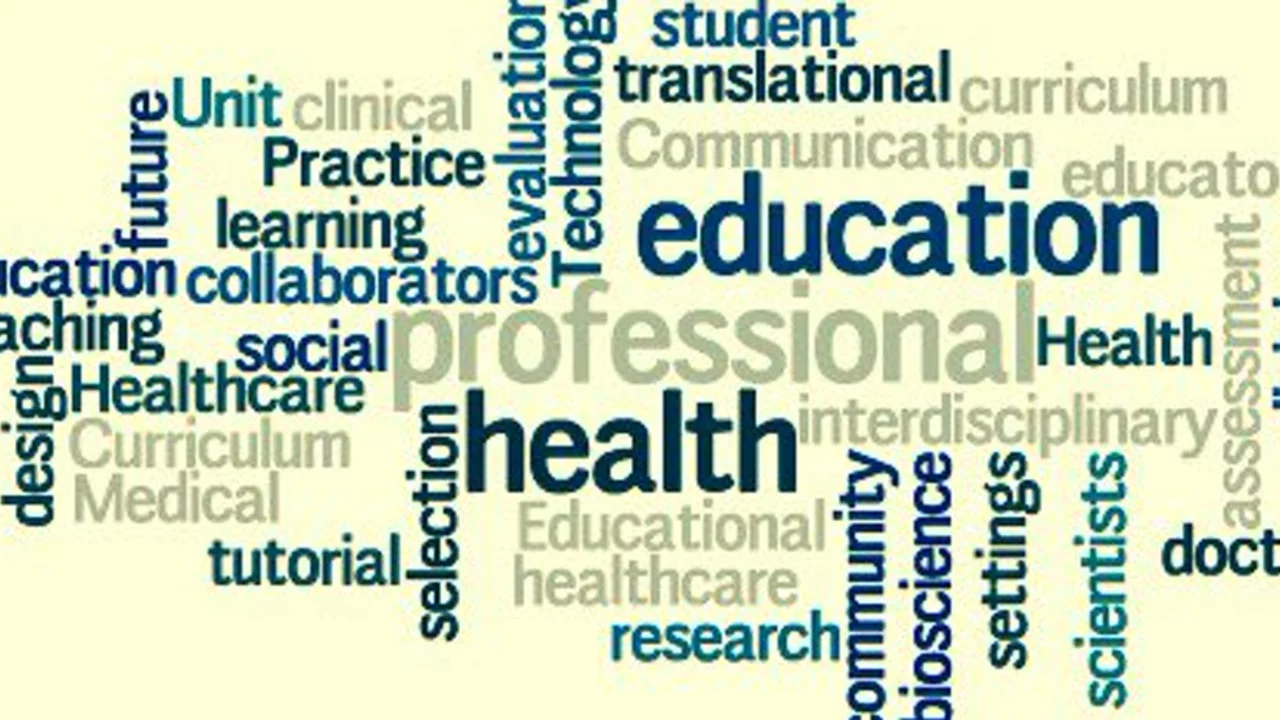Education and Curriculum: How They Influence Each Other
Ever wondered why some classes feel more useful than others? The secret often lies in the link between education and the curriculum. Education is the big picture – the goals, the skills, the mindset we want learners to develop. The curriculum is the roadmap that gets us there, laying out subjects, topics, and activities. When they click, learning gets smoother; when they clash, students feel lost.
Why Curriculum Matters
A good curriculum does more than list facts. It decides what’s worth knowing today and what will stay relevant tomorrow. For example, a science curriculum that includes hands‑on experiments helps students see theory in action, turning abstract ideas into real‑world skills. When curriculum designers understand the broader educational aim – like critical thinking or creativity – they can embed projects, discussions, and assessments that push those goals.
Think about a high‑school math class that only drills formulas. If the overall education goal is problem‑solving, the curriculum is missing the mark. Adding real‑life scenarios, like budgeting or building simple apps, aligns the math lessons with the larger aim of preparing students for everyday challenges.
How Education Shapes Curriculum
Education isn’t static; it evolves with technology, job markets, and cultural shifts. When educators notice a growing need for digital literacy, they push curriculum committees to add coding basics or online research skills. That’s why you’ll see new modules on data privacy or AI in many school programs – they’re a direct response to what education leaders think students need.
Teacher feedback also drives change. In classrooms where students struggle with traditional reading assignments, teachers might suggest more audio‑visual resources. Curriculum planners then adjust texts, add videos, or create mixed‑media projects to keep learners engaged. This feedback loop ensures the curriculum stays relevant and effective.
Another practical tip: align assessments with both educational goals and curriculum content. If the aim is to foster collaboration, group projects and peer reviews work better than solo multiple‑choice tests. When assessment methods match the learning intent, students see a clear connection between what they do in class and how they’re evaluated.
In short, the relationship between education and curriculum is a two‑way street. Education sets the destination; the curriculum builds the road. Keeping both in sync means students get a learning experience that’s purposeful, engaging, and ready for the future.
So next time you look at a syllabus, ask yourself: Does this plan help students reach the bigger educational goals? If the answer is yes, you’re looking at a curriculum that truly supports education.

What is the relationship between education and curriculum?
Hey there, folks! Today I am going to discuss something really important - the relationship between education and curriculum. We'll delve into how the two interlink and why a robust curriculum is crucial for effective learning. I'm excited to shed light on how curriculum shapes our education system. It's an engrossing journey, so let's dive in, shall we?
Read More